The Evolution Of Shonen Jump Protagonists
From Hardened Loners To Empathic Role Models
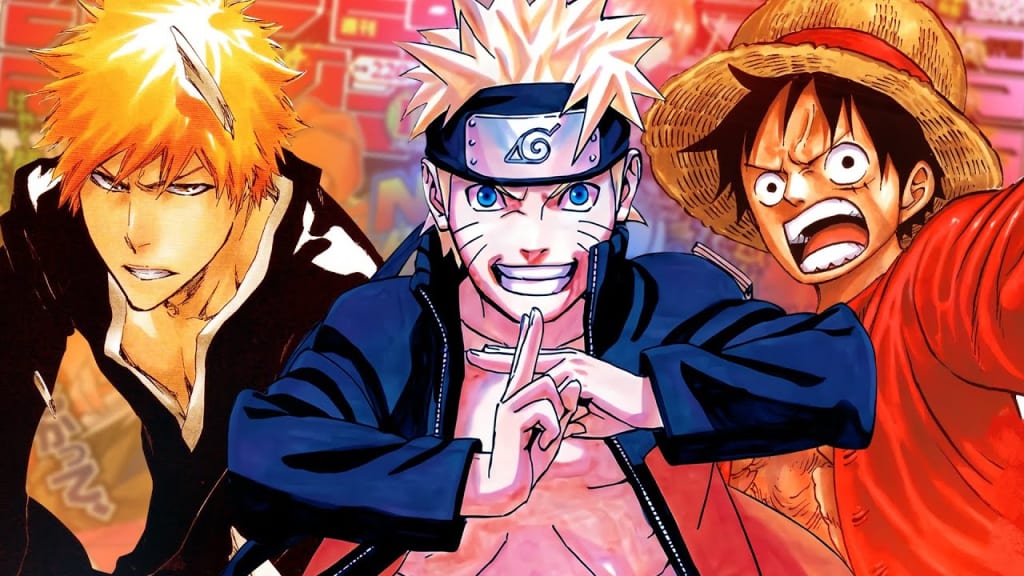
For the past 50 years, Weekly Shonen Jump has published hundreds of series that changed and redefined storytelling. Naturally, it also created a wide variety of tropes where most manga and anime today are dependent on those narrative constructs. However, it wasn’t until recently that we saw a change in these tropes and narrative formats in the Shonen protagonist trope.
From the action-packed Dragon Ball to the deep adventurous tales of One Piece and the quirky heroes' journey of My Hero Academia. Shonen jump protagonists from these different eras all exhibit traits and characteristics that are undoubtedly interconnected and evolving. So let's take a look at how Shonen Jump protagonists have evolved over the past couple of decades and see what kind of direction they are heading to.
The Stock Shonen Hero
Before we get into examining the evolution of the Shonen Protagonist trope, let's take a look at what the current standard is. The typical stock shonen hero trope is the most popular kind of protagonist in Japanese manga and anime. They are idealistic, big-hearted, energetic, and often portrayed as optimistic characters that represent everything that we as the reader want to be.

Despite their cheery simple-minded nature, we are instantly reminded that they are not perfect characters as they are often gluttonous, ignorant to social cues, and emotionally suppressed. This trope was popularized in the 80s with Goku from the action-packed Dragon Ball series and for future generations, popular Shonen protagonists exhibit at least one or all of these qualities.
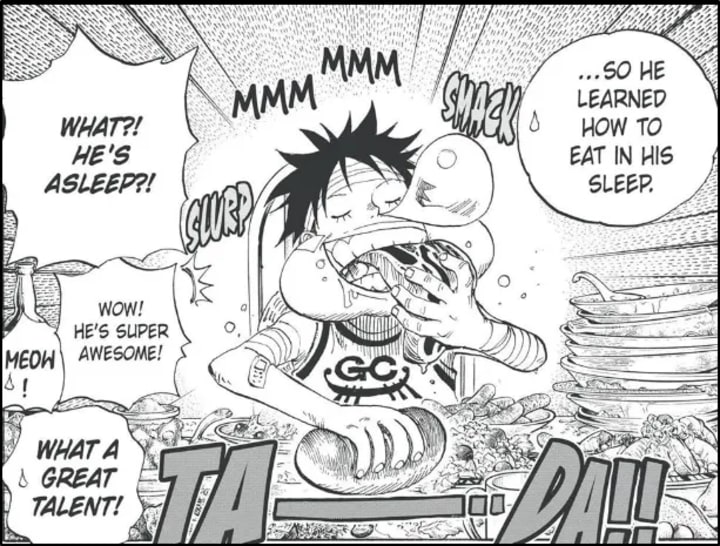
In addition to their overtly optimistic charisma, most Shonen protagonists take pride in their strength or their wits to solve any situation. These situations always allow the protagonists to grow, become physically stronger, and make new long-lasting friendships throughout their respective series. While this trope has been defining hundreds of protagonists, there has been a recent shift where the new generation of Shonen protagonists is becoming more empathic and honest. So why are we seeing this shift in behavior now?
Timeline
In order to understand the shift in behavior, let’s examine common traits, and personal priorities in some of the most popular protagonists in Shonen Jump by decade.
1980s
Many consider the 1980s the era where Shonen Jump truly began. It was the era that featured many fantasy adventure series and strong likable protagonists that audiences rooted for. These protagonists are defined by their roles in adventurous battle-oriented manga. They are strong, resilient, and against all odds, they always come back to their loved ones. Protagonists from this era are also recognized for their immense levels of strength and perfected fighting technique that is arguably unrivaled even to this day.

Notable titles such as Dragon Ball, and Fist of the North Star feature the protagonist going on a journey to protect the world from destruction, during which they have to undergo intense training and harden themselves physically and mentally. They embark on these journeys, because of a sense of duty that is often tied to either their loved ones or to themselves.
1990s
Continuing on the popularity of fantasy adventure series, the 90s is the era where Shonen Jump produced some of the most popular manga series in history. Protagonists from this era were defined by their adventurous tales and lifelong dreams. They are shaped by a rough and lonely childhood, which results in their unwavering fearlessness and excitement for adventure. However, with the exceptions of bravado and comedic immaturity, they are terrible at expressing their emotions. Similarly to the previous generation, they continually train themselves to achieve their lifelong ambitions.

Series such as Naruto, One Piece, and Hunter X Hunter all feature protagonists who set on grand adventures because of their dreams of becoming the best of the best. However, their dreams and ambitions are often inspired by a traumatic memory or a longing desire to fit in. Through these experiences, they have developed certain exaggerated personality quirks and habits that glorify their excitement for adventure.
However, no matter what kind of enemy they face, they always find a way to defeat them either by using out-of-the-box strategy or activating a hidden strength that is only accessible by experiencing intense traumatic emotions. By not being overpowered individuals who have to rely on their wits and determination, they are more susceptible to failure when faced with an overtly powerful foe.
2000s
Much like the manga from the 80s, the 2000 era featured protagonists who went on adventurous tales to save the world. However, series from this era featured heavier and darker themes that placed more emotional stakes on the protagonists. They are subjected to more perilous challenges and dangers and are defined by their passion and anger which are balanced by their wishes for a life of normalcy.

Series such as Gintama, Bleach, and Attack on Titan all feature protagonists who are highly protective of their loved ones and would immediately be consumed by vengeance should anything happen to them. These series also show the reader how much these protagonists struggle asking for help whenever they are faced with what seems to be impossible odds.
These protagonists shoulder all of the responsibilities and risks because they don’t wish to endanger anyone they cherish. They do this, because they foolishly believe that with enough dedication and grit, they can handle whatever challenges come their way. However, as we soon discover they are absolutely torn and worn down emotionally and physically.
2010s
The 2010 era of manga oddly enough features two kinds of protagonists. The first type reflects traits of the previous eras where they put up a nonchalant and brave demeanor. Series such as Boruto and Black Clover feature protagonists who represent a contemporary version of the stock Shonen hero trope. However, compared to the previous generations, they are very quick to express their frustrations and often appear as cocky.

Their angry outbursts are due to their short fuses and they initially come off as brash, rude, and annoying, because they feel entitled to their dreams. It is also important to note that their upbringings are not as traumatizing nor as dark as their predecessors and yet somehow they acquire and master their abilities at a much more natural and easier pace. This allows them to showcase feats of strength without having to go through a gritty training arc.
Meanwhile on the other end of the spectrum, features a type of protagonists that are the complete opposite compared to the previous generations. They are extremely kind, morally upright, and empathic to their allies and adversaries. Unlike their predecessors and contemporary counterparts, they inspire others not by their strength, but by their kindness and dedication to helping others.
While they are not as comedically immature compared to their predecessors, they are extremely quirky, socially aware of their situations, and emotionally available. Assassination Classroom, My Hero Academia, and Demon Slayer all feature compassionate protagonists that go against the traditional qualities that are normally found in the Shonen hero trope.
However, their empathy to others is often their biggest weakness when faced with an enemy who is only interested in death and destruction. While their abilities are gained through either traditional training or by chance, the strength of their abilities are not as strong when compared to their predecessors.
How Did They Change?
By examining the common traits of each decade, we notice that there is a significant diminishment of power and abilities with each passing decade. As Goku from Dragon Ball is powerful enough to destroy an entire planet with a spirit bomb, Midoriya from My Hero Academia on the other hand is barely able to handle his own superpower and is nowhere near that level of power even when he is mastering his quirk.
From a storytelling perspective, we can see that there is a shift in narrative focus from the protagonist's abilities and their outlandish dreams to their daily struggles and motivations. As series from the 80s and 90s focuses more on the grand adventure fantasy aspect within their series, manga from the 2000s and 2010s addresses societal problems that serve as meta-commentary of a larger issue.

For example, some of Assassination Classroom’s biggest themes were centered around overcoming bullying and depression from not being academically gifted and showcased what it means to educate the next generation. Meanwhile in Boruto, some of the biggest themes was focused on the meaning of family and how to deal with a strained relationship between a child and parent.
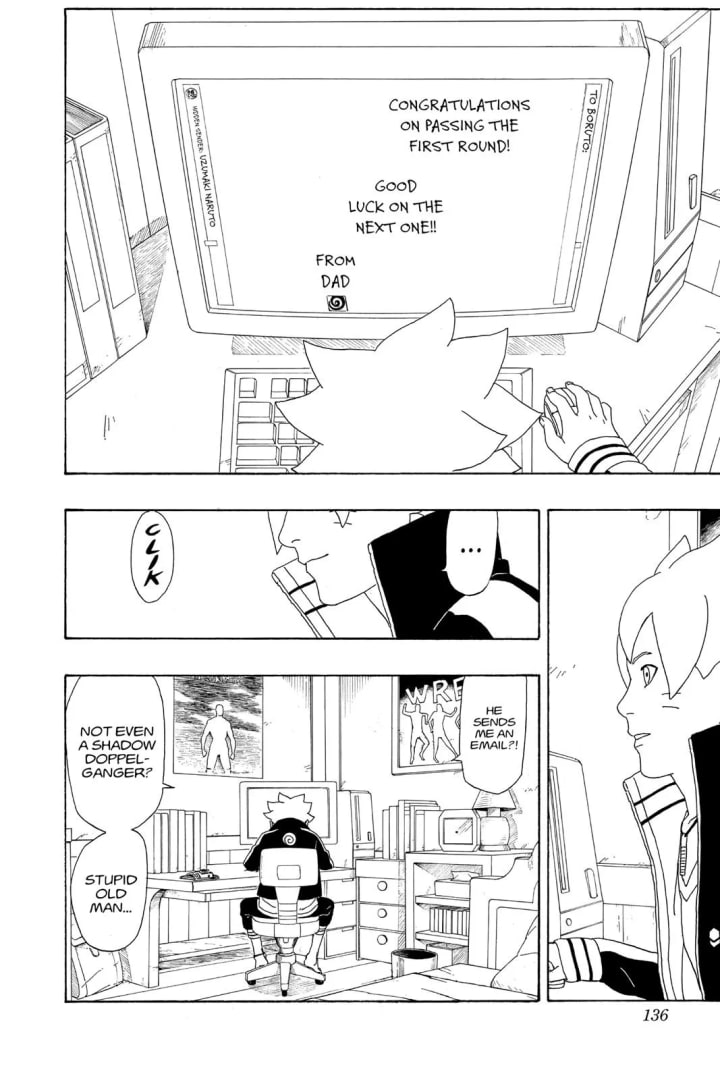
This change in narrative focus can be determined as a shift in what the readers want in their stories. Manga readers in the 80s and 90s were fascinated by creative stories that they have never could even imagined, but in an age where the internet can instantly give readers content in just a few clicks, that fascination for something new has evolved.
Defining The Modern Shonen Protagonist
By examining some common themes found in the 2000s and the 2010s era of manga, we can determine that readers are becoming interested in series where they can relate to the protagonists and how they deal with their own personal struggle.
This is why newer series such as Chainsaw Man and Zom 100: Bucket List of the Dead gained a lot of popularity and hype. At the start of their respective series, both protagonists were faced with a personal existential burnout from an overwhelming amount of stress and responsibility that they are forced to deal with. Anyone who can relate to their situations will be more inclined to connect with them more.
Chainsaw Man’s protagonist, Denji is considered a near perfect representation of a burnt out millennial overwhelmed by a huge financial debt. While Denji’s debt is eventually taken care by a government agency, there is a considerable amount of emotional baggage from that is derived from that experience and he is still unable to process what a "normal life" is like. Readers with a huge student loan debt can understand his predicament and feelings as having to pay off an absurd amount of debt is an emotionally draining task.
Meanwhile Akira from Zom 100 showcases a different side of this predicament where at the start of the series he was on the brink of suicide due to his company constantly overworking him. It wasn't until the zombie apocalypse where he felt finally free to live his life however he wants. In a situation where most people are faced with a hopeless situation, Akira embraces the optimistic side of a zombie apocalypse and sees it as an opportunity to finally do all the things he ever wanted to accomplish in life.
Considering how 52% of Shonen Jump's demographic is revealed to be from 19 years old and up, it indicates that millennials are half of Shonen Jump’s core audience. This means that the Shonen Jump is more likely to produce Shonen protagonists that not only appeal to millennials, but their adventures will also be shaped by societal meta-commentary that is defined by the millennial experience.
What Does The Future Protagonist Look Like?
The evolution of a literary trope is a fascinating phenomenon that is usually unseen until it analyzed with a closer look. By understanding the narrative focus from grand epic adventures to journeys of personal fulfillment, we as readers can track what our generation is objectively craving for in their fiction.
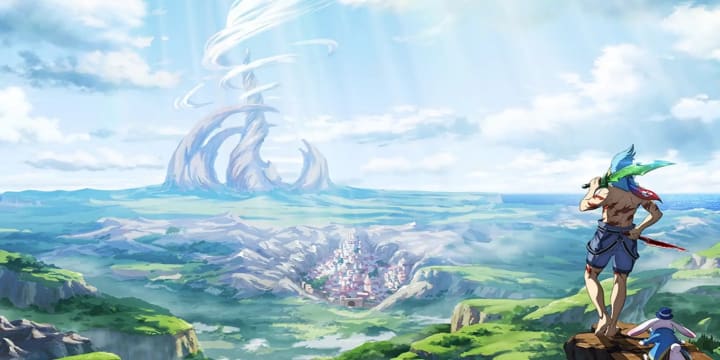
In the case of Shonen Jump and its many series, we see that there an interest that is slowly going away from protagonists embarking on exciting adventures to save the world to now embarking on adventures achieving personal fulfillment. No matter how you look at it, it is a fascinating narrative shift that will have mainstream anime and manga fans wondering what kind protagonist will come through next.
If you liked what you read, be sure to like the heck out of it and follow for more related content!
About the Creator
Jay Kobayashi
A starving writer from LA who aspires to be plagiarized one day. I like to write about academic pieces that identifies philosophy and psychology in pop culture, and sometimes random fun pieces that interests me or the algorithm!

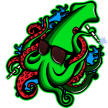




Comments
There are no comments for this story
Be the first to respond and start the conversation.